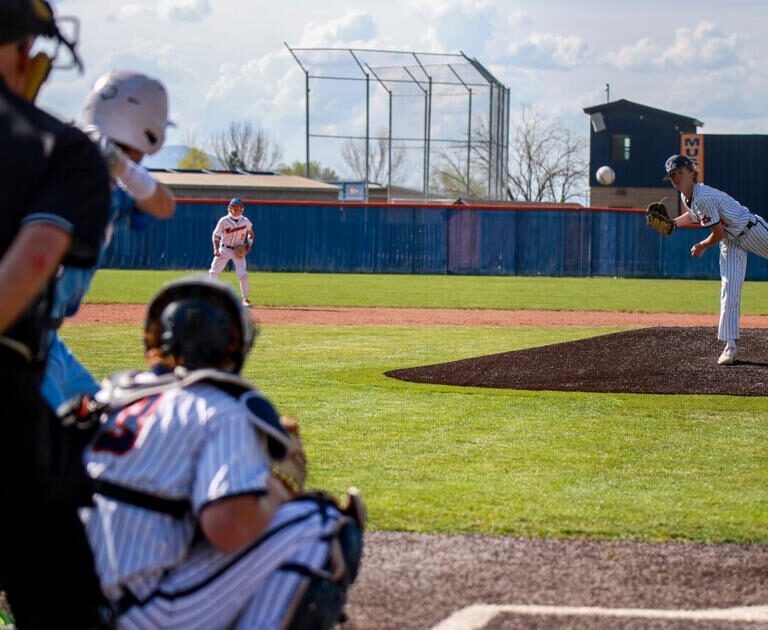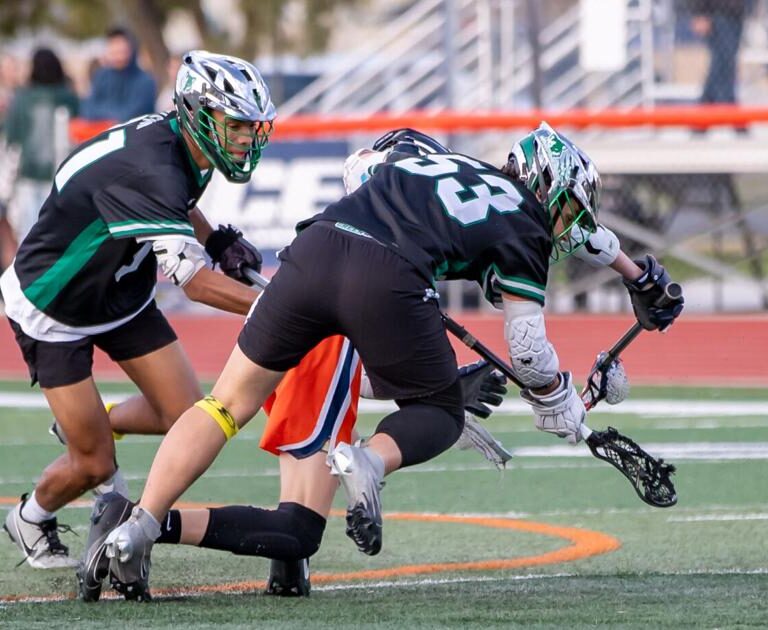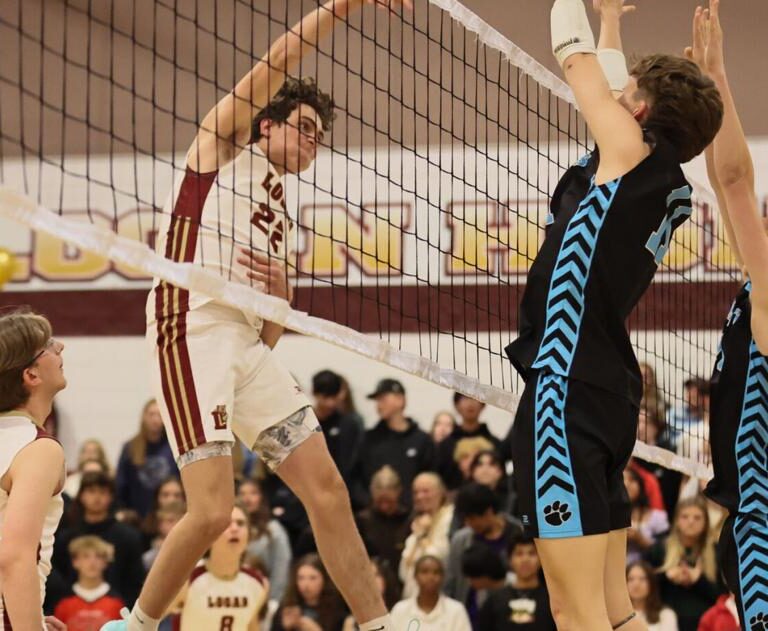It’ll be of great interest to every Aggie fan to keep an eye on Johnson’s development because if she develops all her skills up to the D1 level, she’ll become a potential all-time great for the program. There aren’t very many players who come to Utah State with as much potential as Johnson has. She has the legit potential to be an unstoppable finisher inside with her length but also be a threat as an outside shooter. And she’s obviously capable of being a top-flight rebounder and rim protector. Most college players only have the potential to be elite at a couple of things but Johnson has a good enough foundation with her current skills and physical traits to be an all-around star.

Center | Freshman | 6-4 | Perry High School
9.0 points | 8.1 rebounds | 1.8 assists | 41.1 FG% | 29.4 3P%
Crocker’s stats may be a bit underwhelming in some areas, but it’s important to note that she was not the featured player in the Perry High School offense. That honor went to her frontcourt partner, Khamil Pierre, who went on to commit to Vanderbilt having averaged 21.4 points and 9.2 rebounds between her sophomore, junior and senior seasons. The fact Crocker was able to average 8.1 boards last year with a teammate who was a 20/10 machine is commendable and speaks well of her ability to fight for rebounds.
Most of Crocker’s offense came on quick post-up shots, though calling them post-ups is a bit generous. She does pin a defender to her back, but it’s always in a spot where upon receiving the ball Crocker could simply turn and attempt a short one-handed shot or layup. Her length and strength made these shots high-value although Crocker struggled to hit them at a high rate (just 42.1 percent on 2-pointers as a senior). She got fouled a lot in these situations and was decent from the line for a center (65.9 percent). These kind of situations are going to be much fewer and far between going against college defenses who will deny her that post position, but with a more complex offense, Crocker could find herself being an effective weapon working from the dunker’s spot, catching dump-off passes and finishing them at the rim. Or she can rush in for offensive rebounds and putbacks. Crocker has a good sense for moving off the ball as a big and finding the right opening and cutting to a space where her teammates can find her for a dump-off pass and can also very easily snag an offensive rebound and put the ball back up quickly without much need to reload.
Broadly speaking, Crocker has a good mentality for a big. She uses her size advantage in any way she can, bullying defenders aside to create space for shots and grab rebounds. But this mentality will need to be paired with execution. A few things stand out on film and stats. For one she doesn’t finish very well at the rim — as mentioned only making a mere 42.1 percent of her 2-pointers, which isn’t an acceptable rate for someone who is 6-foot-4. Her defense in the paint does at times leave something to be desired. Her 1.1 blocks per game, given her relative height, seems a bit low although she does provide solid rim deterrence even without blocks. But the ability of many post players to scoot around her in the post and make layups popped up on film a little too often.
But while one can point out those weaknesses, none appear to be issues of hustle, broken mechanics or lack of physical tools. She needs to learn to have a softer touch around the rim and work on here defensive footwork. But with work on those two things Crocker can easily become a very effective and successful Division I center. And the need for development makes here like many other high school players. They need time to develop. In the end, Crocker is a rare prospect. She’s a 6-foot-4, physical center capable of becoming a rebounding machine and someone that can step out and hit an occasional three to demoralize the defense.
Livia Knapp

Guard | Junior | 5-6 | College of Southern Idaho
9.3 points | 2.1 rebounds | 3.9 assists | 40.1 FG% | 28.2 3P%
Knapp is a quick point guard who can be the lead ball-handler in an offense. She played that role at CSI, touching the ball on virtually every possession, often multiple times as she functioned as the starting point of just about any offensive action. She’s also going to cover more ground than anyone on the court. Knapp is a player who constantly moves on both offense and defense.
While Knapp is very willing to take the difficult shots, her best role is likely one of deferring most field goal attempts to other players. Her field goal percentages don’t justify her volume of attempts as she makes just 40.1 percent overall and 28.2 of her threes. Staying away from difficult pull-up shots will help Knapp raise her field goal percentage and become a great asset to the offense. And if she builds confidence early in the season, perhaps those more difficult shots can be opened back up to her.
Ivory Finley

Guard | Junior | 5-10 | UMass Lowell
10.0 points | 3.7 rebounds | 1.0 assists | 35.1 FG% | 26.4 3P%
Last year Finley shouldered a big scoring load as a sophomore for what was a pretty bad UMass Lowell team. She may be expected to do the same at Utah State. Finley is an off-ball guard who will provide scoring from the perimeter, a lot of that coming on 3-pointers.
A big hope for Finley is that she’ll be able to pick up her 3-point percentage. She’s a career 80 percent free-throw shooter and managed to increase her freshman year percentage of 22.0 to the 26.4 of last year while also upping her volume. If she can continue that upward trend Finley could become a solid shooter from the outside.
Samiana Suguturaga

Forward/Center | Junior | 5-11 | Snow College
13.4 points | 6.1 rebounds | 0.5 assists | 46.5 FG% | 33.3 3P%
Suguturaga has likely been overlooked among Division I schools because she’s a 5-foot-11 post player and shorter posts can struggle at higher levels. But efficient post scorers, even if slightly undersized, can find a place in women’s basketball and the scoring numbers Suguturaga brought to Snow College were likely too much for Ard to pass up.
Skye Miller

Guard | Junior | 5-11 | Eastern Arizona College
14.5 points | 5.3 rebounds | 2.9 assists | 48.7 FG% | 27.0 3P%







